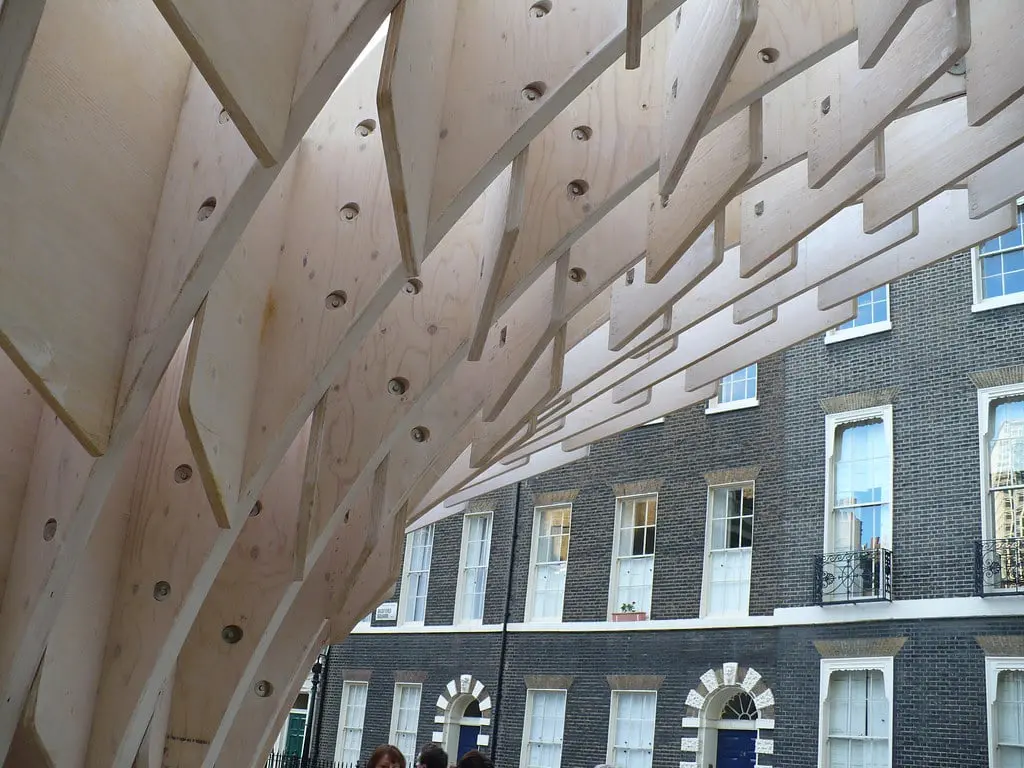Blog, Buildings, Construction, Embodied Carbon, Sustainability
Is embodied carbon getting the attention it deserves?
Embodied carbon has slowly been gaining attention, but it still lacks the recognition that it arguably deserves. It has been a poor understudy to operational carbon emissions, which traditionally grabs the headlines. But could this be about to change? Perhaps.
April 7th to 11th is UK Green Building Council (UK GBC) ‘Embodied Carbon Week’, where they have encouraged interested parties to host their own events on embodied carbon and life cycle assessment of buildings and construction. As such there are over 20 events dedicated to embodied carbon and life cycle assessment (for the full list see www.ukgbc.org/content/calendar-events-embodied-carbon-week).
These include 3 events from Circular Ecology, including a free lunchtime webinar: “1 tonne of CO2e: Provenance, perspective, progression”, an online embodied energy and carbon training course and an online life cycle assessment course.
But how important is embodied carbon?
The embodied carbon of constructing a new UK house is equivalent to over 20 years’ operational carbon emissions, so it’s pretty significant. But what’s more important is that embodied carbon is an upfront release of carbon. This means that it’s released over a short period of time and once it’s released it cannot be reduced. It’s already too late, the opportunity to reduce embodied carbon has already passed. This is in contrast to operational carbon emissions, which whilst not ideal, could still be reduced post-construction.
As it stands, not enough effort is being made by companies within the construction industry to reduce the embodied carbon emissions. Operational carbon emissions typically take centre stage. However, there are many simple and cost-effective measures in design, procurement and construction that can easily reduce the embodied carbon of a construction project and by 10-20 per cent without increasing the project build cost. This is particularly valuable for large projects, where the opportunity to gain is larger.
For example, take the Shard, the tallest building in London. It has a floor area of around 111,000 m2 which means it could have an embodied carbon of over 100,000 tonnes of carbon dioxide equivalent (very rough estimate based on floor area). If the opportunity to reduce the embodied carbon by 20 per cent was taken, then over 20,000 tonnes of carbon could have been saved. This would have been enough embodied carbon to:
- Build over 400 average-sized new UK houses; or
- Enough carbon to drive in a modern car (e.g. Ford Focus diesel) around the world over 4,100 times; or
- Power a 20 watt light bulb (5 hrs a day) for around 915,000 years; or
- Power a 32” TV for 2 hrs a day for over 1.1 million years.
So if you’re not measuring and reducing the embodied carbon of your current projects, then you are clearly missing a valuable opportunity to help our uphill battle against climate change. Finally, I hope that UK GBC Embodied Carbon Week will help to push forward the importance of reducing embodied carbon in buildings and construction.
If you like this post please consider sharing it on social media using the buttons below, signing up to our Newsletter to receive future blogs by email, or follow Craig on Twitter or LinkedIn.

